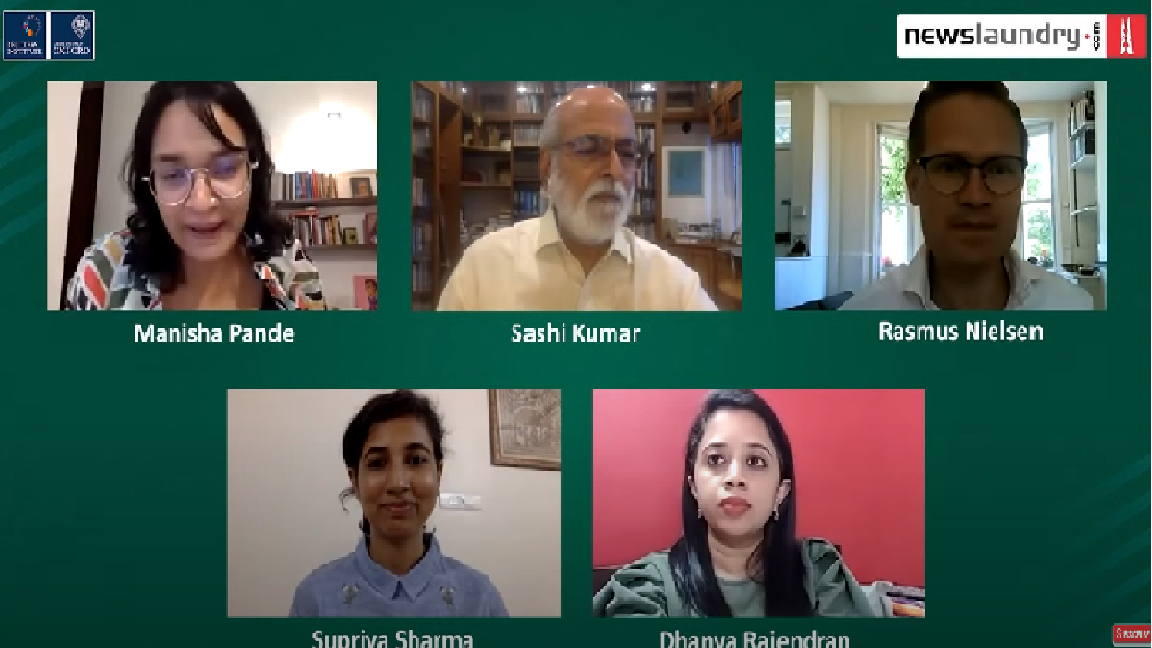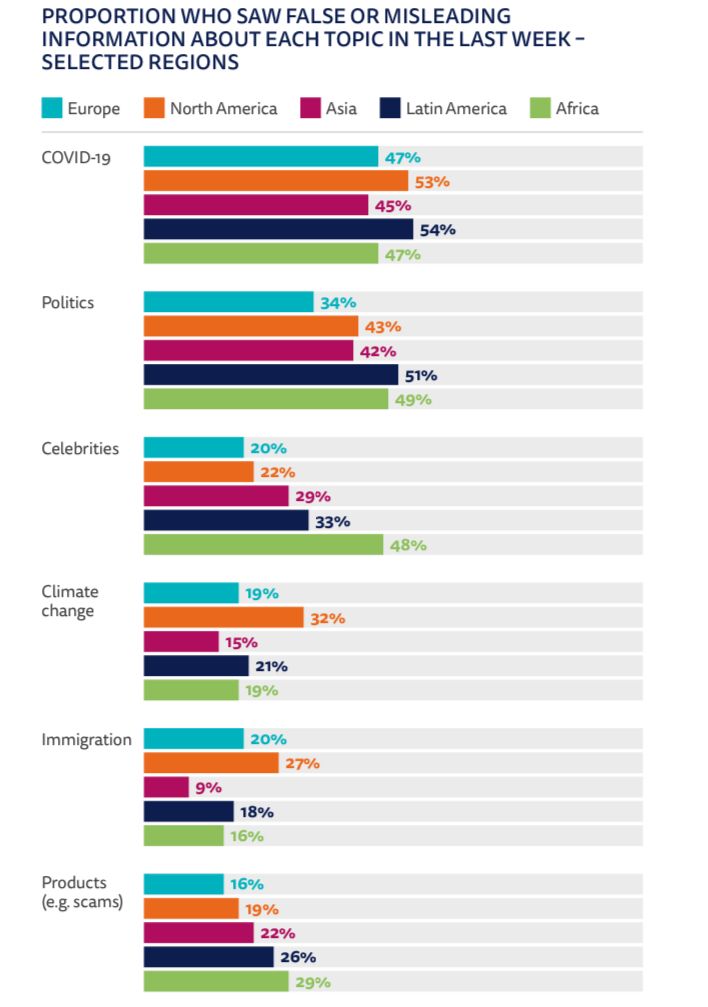Joan Mathew Jacob
3:16
3:16
3:19
3:24
3:25
3:26
3:27
3:29
3:30
3:30
3:31
3:32
3:33
3:34
3:35
3:35
3:36
3:37
3:38
3:38
3:39
3:40
3:42
3:42
3:43
3:43
3:44
3:46
3:47
3:48
3:49
3:50
3:52
3:53
3:54
3:55
3:56
3:56
3:57
3:58
Connecting…









